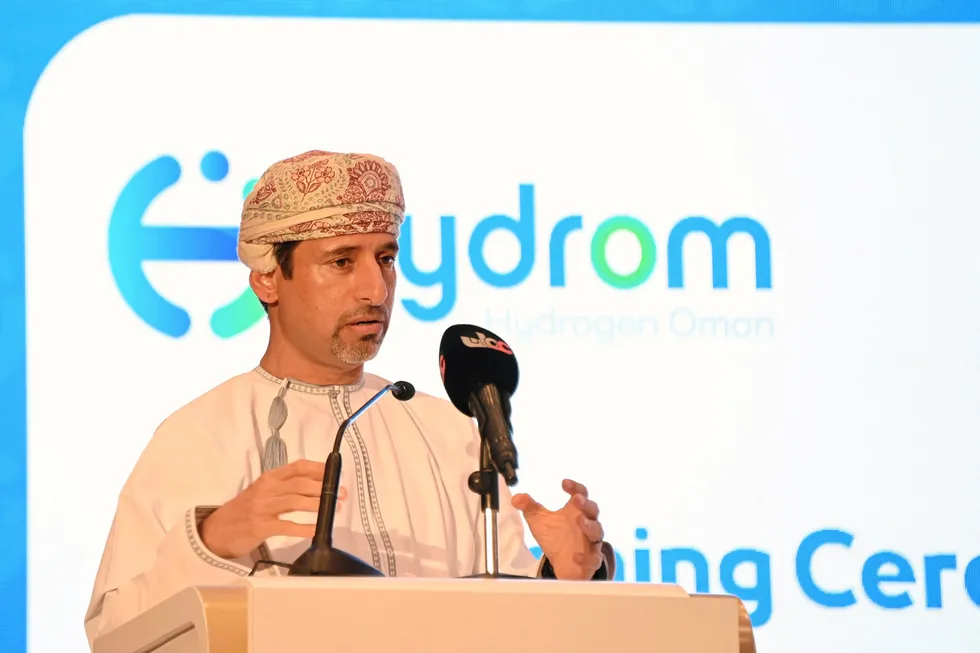$20bn for green hydrogen | Oman signs six deals with international developers to build 15GW of electrolyser capacity
Sultanate concludes its first renewable H2 bidding round with investment commitments from a host of foreign companies including BP, Linde and Uniper
